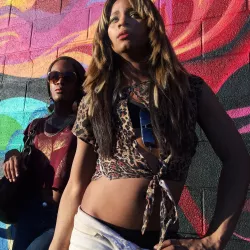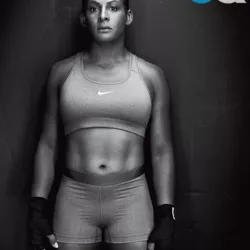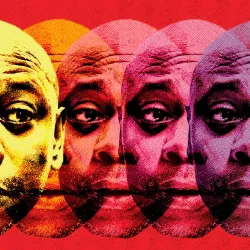Buy Dump of ass pure of heart trans of gender T-Shirt: Shop top fashion brands T-Shirts at Amazon.com ✓ FREE DELIVERY and Returns possible on eligible purchases
If a woman doesn’t pass as cisgender — or if someone finds out she’s trans — she risks discrimination in getting a job, finding housing, going to the doctor’s office. In a 2015 survey of transgender Americans by the
In that same 2015 survey, the largest poll of its kind, 22% of black trans respondents reported being physically assaulted in public in the last year.
By comparison, what a licensed plastic surgeon puts in someone’s body is pure silicone, Zil Goldstein explains. She’s the associate medical director for transgender and gender nonbinary health at Callen-Lorde Community Health Center in New York City.
She kept self-pity at bay by reminding herself that she’d had years of living as a woman in anonymity, a luxury few transgender people get. After the surgery, before she found MMA, she’d been just your average single mom, trying to stay afloat as a school-bus driver and a clerk at Blockbuster, in a rented apartment in the working-class suburbs west of Chicago. Experimenting with degrees of girliness, she’d tried French manicures, heels, skirts short enough to showcase her sculpted calves and delicate ankles. She wasn’t entirely sure of her sexuality back then, though like lots of male-to-female transgenders, she suspected she preferred women (the rule of thumb being that you tend to continue to be attracted to whichever gender you preferred before the transition). Still, she gave men a try, in keeping with the super-femme persona. They were fine, and it was flattering to have the attention, but they didn’t light her on fire like the girls did.
And then came the bubble of the gym. Fox had always been fit, even competed in Brazilian jujitsu, one of the MMA skills, during the first couple of years after her surgery. But in 2009 she stumbled onto some YouTube videos of Japanese female MMA fighters like Megumi Fujii, and she knew she’d found the world she belonged in—just the right alchemy of martial-arts Zen and pure aggression. Despite her flirtation with ultra-femme style, she was, she realized, a motorcycle chick, more rock ’n’ roll than flowered sundress. Plus, the intensity of MMA would help keep her weight down and her muscle tone up—more difficult since her transition—and it might save her life someday if she had to take down some asshole in the street. The female fighters were tough but really womanly, she says. Dark and powerful. That was my version of femme.
For some reason, I just can’t make it past the first round, she says, her voice exhausted, deflated, incredulous. I run out of gas. I have to figure this out. She is trying not to think of all she’s lost, of the prize money she needed, badly, or that this will make it easier for Invicta and the UFC to simply ignore her, burying not merely her career but the entire question of whether transgender fighters deserve a place in the cage. She swears she won’t let the defeat stop her, that she’ll be back to the gym within a week or so. We don’t talk about the obvious—that at her age, the sands are running through the hourglass.
Queens of the time did more than carefully impersonate celebrities and replicate “feminine” mannerisms: Many underwent early hormone replacement therapy to grow real breasts, and would provide “purple pills” to their less experienced charges along with “encouragement to pursue a woman’s life offstage.” One trans woman who worked as a female impersonator asserted in an interview that although most queens had once denied any desire for bottom surgery, she knew “half a dozen impersonators…[who were] saving for the operation” by the mid-1960s. Knowing others who had surgically transitioned, she believed, had mollified their fears.
“There are a lot of people that still perform very binary, transphobic, misogynistic, racist drag, and they don't care to do the work to change,” writes Cassidy Liebman over email, a trans man and former assistant to
Liebman’s own path to drag was a healing one — and he knows how lucky that is. “Drag was essential to my coming-out process,” he writes. “I couldn’t run any longer once I got up on that stage…it was my first time being perceived in more of a way that I identified with.” His experience is far from universal, though. “I have seen both transmasculine and transfeminine people met with aggression, exclusion, [and] physical assault,” he says. “It needs to stop.”
Seeing that sort of backlash, it’s easy to understand another reason trans people don’t always want to be associated with drag — after all, this line of thinking usually ends with accusations that the “




















